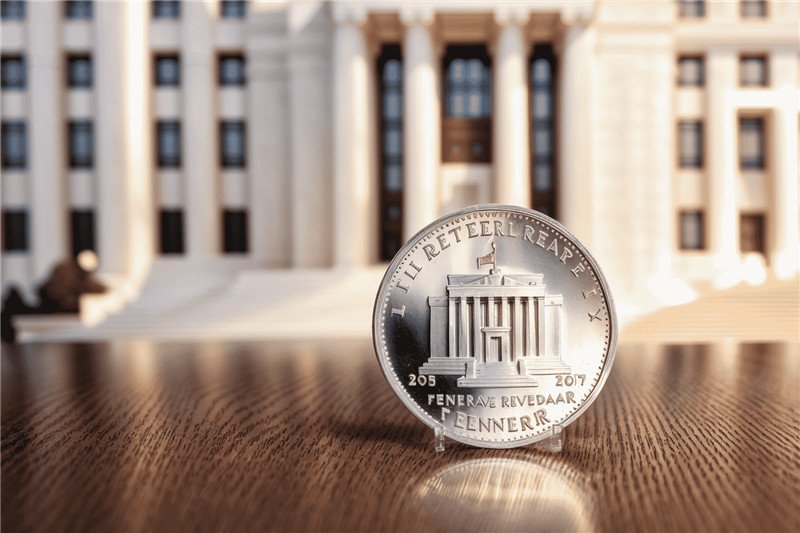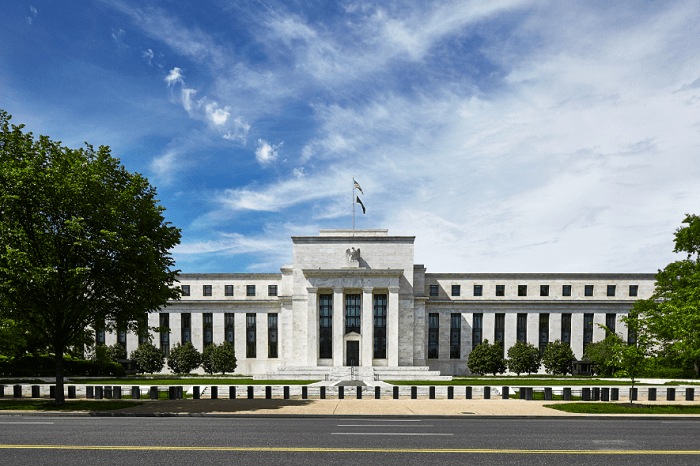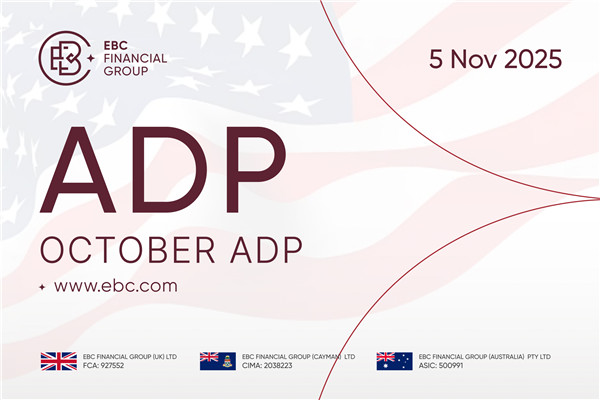The Federal Reserve, the full name of the Federal Reserve Bank of the United States, is a private central bank in the United States. The main role of the Federal Reserve is to strengthen the stability of the financial system, formulate monetary policy, and supervise the operations of banks nationwide. Other responsibilities of self-purchase include stabilizing the financial market, regulating the banking system, and providing financial services to the government. The Federal Reserve's preparation system shapes its own financial system through its own economic factors.

The Federal Reserve is the largest holder of federal debt in the United States, maintaining strict confidentiality with shareholders and fulfilling the duties of the central bank of the United States. This system was established in accordance with the Federal Reserve Act on December 23, 1913. The core management organization of the Federal Reserve is the Federal Reserve Board of Governors of the United States.
The Federal Reserve of the United States is composed of the Federal Reserve Board of Governors in Washington, D.C., and 12 regional Federal Reserve Banks in major cities across the country. Jerome Powell is the current top governor of the Federal Reserve (chairman of the Federal Reserve Board of Governors of the United States). As the central bank of the United States, the Federal Reserve obtains power from the US Congress to exercise responsibilities such as formulating monetary policy and supervising US financial institutions.
The Federal Reserve is one of the most powerful financial institutions in the world. The central bank is not only a privileged institution for issuing currency and a government bank but also manages foreign exchange reserves, regulates the credit system, and is even the lender of last resort. The value of the US dollar, manipulated by the Federal Reserve, will also affect the direction of all major currency pairs.
Initially, the US Congress designed the Federal Reserve to establish the Federal Reserve Bank and effectively supervise the US banking system. Over the years, all financial issues have also fallen within the supervision scope of the Federal Reserve.
As the central bank of the United States, the Federal Reserve (Federal
Reserve) has the following five main functions:
1. Monetary policy formulation
The Federal Reserve is responsible for formulating and implementing
monetary policy to maintain economic stability and development. It affects
inflation, employment, and economic growth by adjusting interest rates,
controlling the Money supply, and implementing other monetary policy tools.
2. Regulatory and supervisory financial institutions
The Federal Reserve is responsible for regulating and supervising some
important financial institutions in the US financial system, including
commercial banks, savings banks, trust companies, and financial market
infrastructure. It ensures the stable operation of these institutions and
protects the rights and interests of consumers.
3. Financial stability
The Federal Reserve is committed to maintaining the stability of the
financial system. It prevents financial crises and Systematic risk by monitoring
risks in the financial market, providing emergency loans and liquidity support,
and cooperating with other regulators.
4. Cash Management and Payment System
The Federal Reserve is responsible for managing the cash supply in the United
States, including issuing notes and coins, and ensuring the smooth operation of
the payment system. It maintains settlement accounts in the banking system and
handles large payments and other financial transactions.
5. Data and Economic Research
The Federal Reserve collects, analyzes, and publishes data related to the US
economy. It also conducts economic research to support monetary policy
formulation and regulatory decision-making, and it provides the public with
information and insights on economic development.
Disclaimer: Investment involves risk. The content of this article is not an investment advice and does not constitute any offer or solicitation to offer or recommendation of any investment product.






















